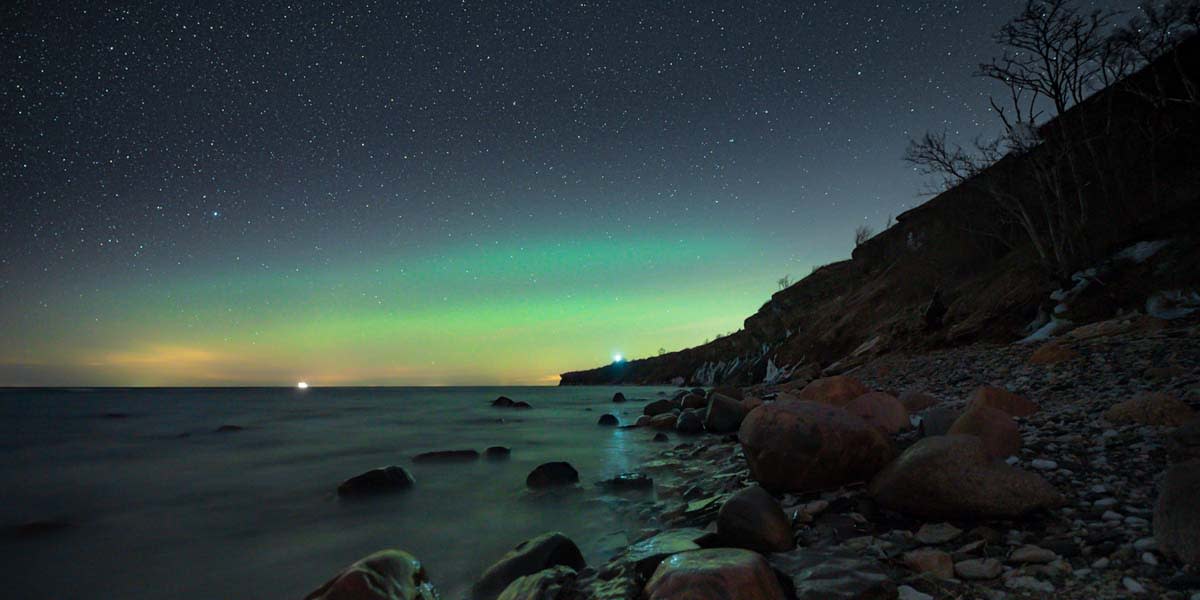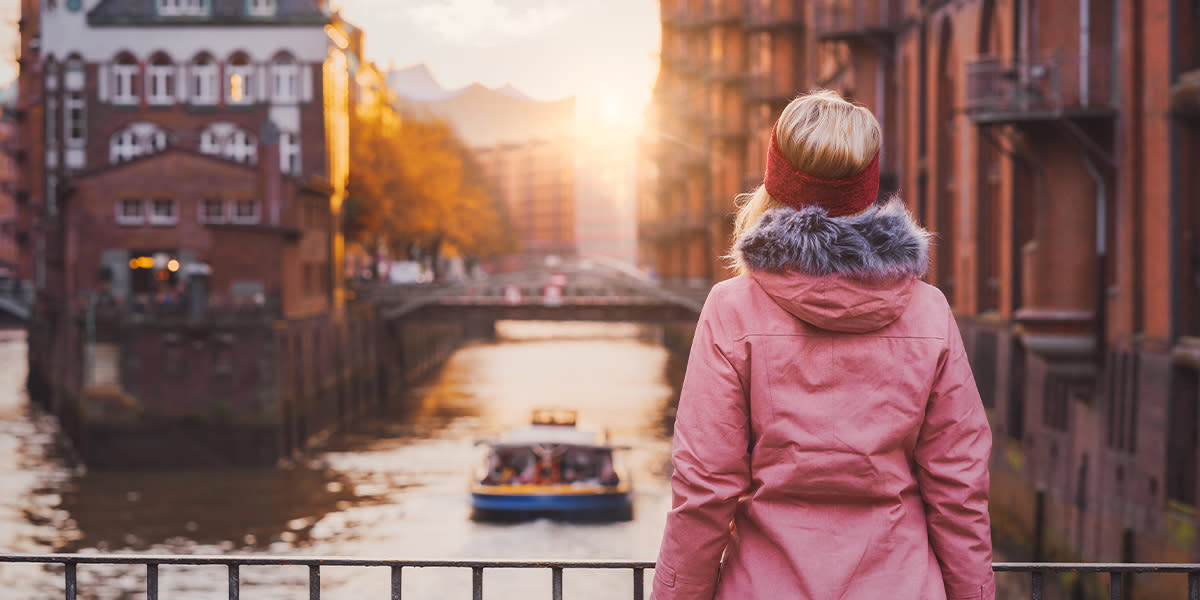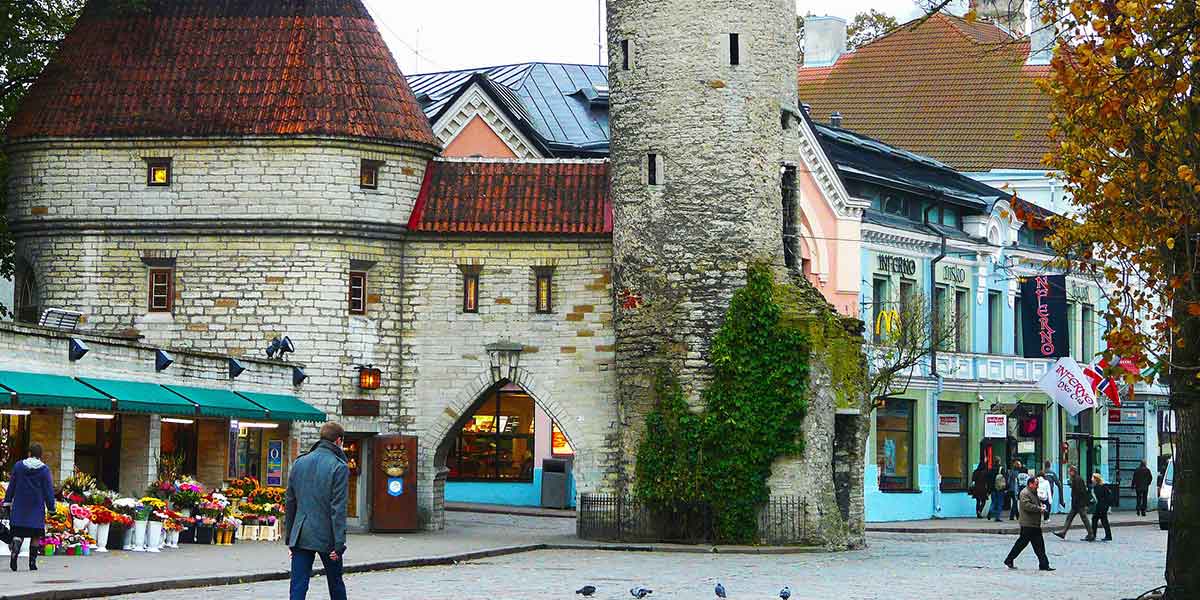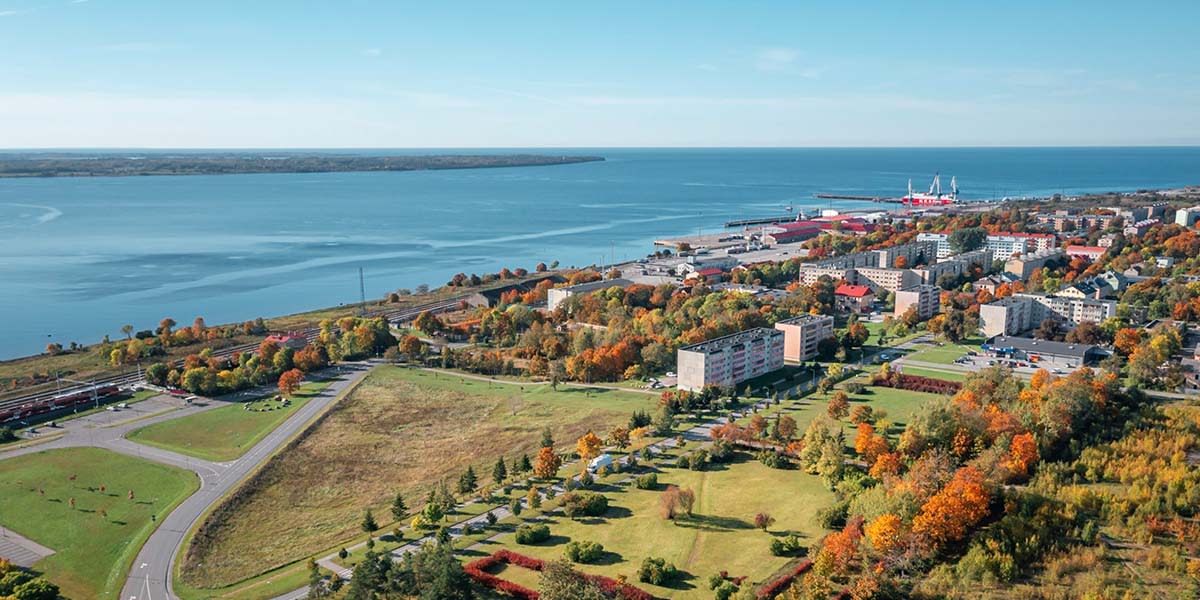
Paldiski
Paldiski and its history
1718 Peter I began to build a powerful port and city that was to become the capital of the tsarist state. Today the name of that city is Paldiski. Throughout history, Paldiski has been an important military and commercial city. During the Soviet occupation, Paldiski was a strictly closed military zone. In the small town of Paldiski you will find charming contrasts, with military history on one side and beautiful nature on the other. Take the time to explore Paldiski and the surrounding region before boarding the DFDS ferry from Paldiski North Harbor to Sweden.

Pakri Islands
Väike-Pakri and Suur-Pakri are small islands separated by a strait up to 1.8 m deep. The islands are only a few kilometers away from the town of Paldiski. The islands were inhabited for centuries by coastal Swedes who were forced to leave their homes during the Soviet occupation. The islands have been used for military purposes for decades. Today, the island is home to several permanent residents. Several rare plant species grow on the island and stones are found, the largest of which is up to 21 m in perimeter. There are hiking trails on both islands and you can camp. There is no regular connection to the Pakri Islands, but with the help of various service providers you can explore the islands.
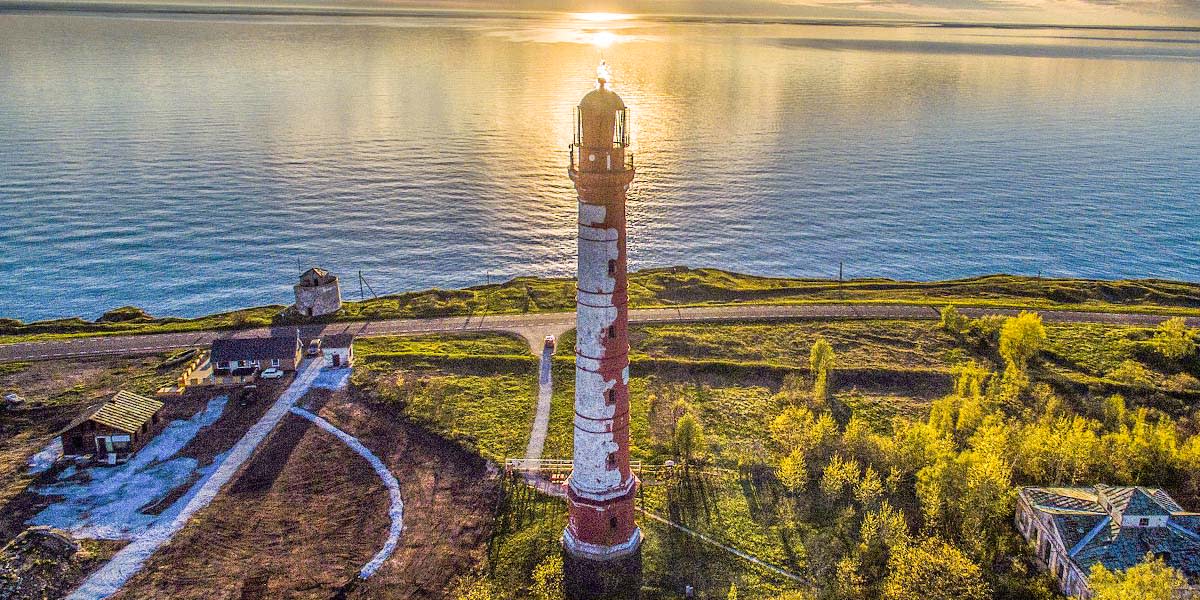
Pakri lighthouse
Located in front of the Pakri Peninsula, on the banks of the Pakri River, which rose from the sea about 4,000 years ago, it is the tallest lighthouse in Estonia. By order of Peter I in 1724, the old Pakrio lighthouse, built in 1889, was no longer fit for use. A new 52 m high lighthouse was built on the coast, reaching 73 m above sea level. The collapsed edge of the shore has approached too close to the lighthouse and is likely to sink into the sea. Pakrio lighthouse is open to visitors. To admire the stunning sea views and cliffs, you have to climb 275 steps to reach the top of the lighthouse.
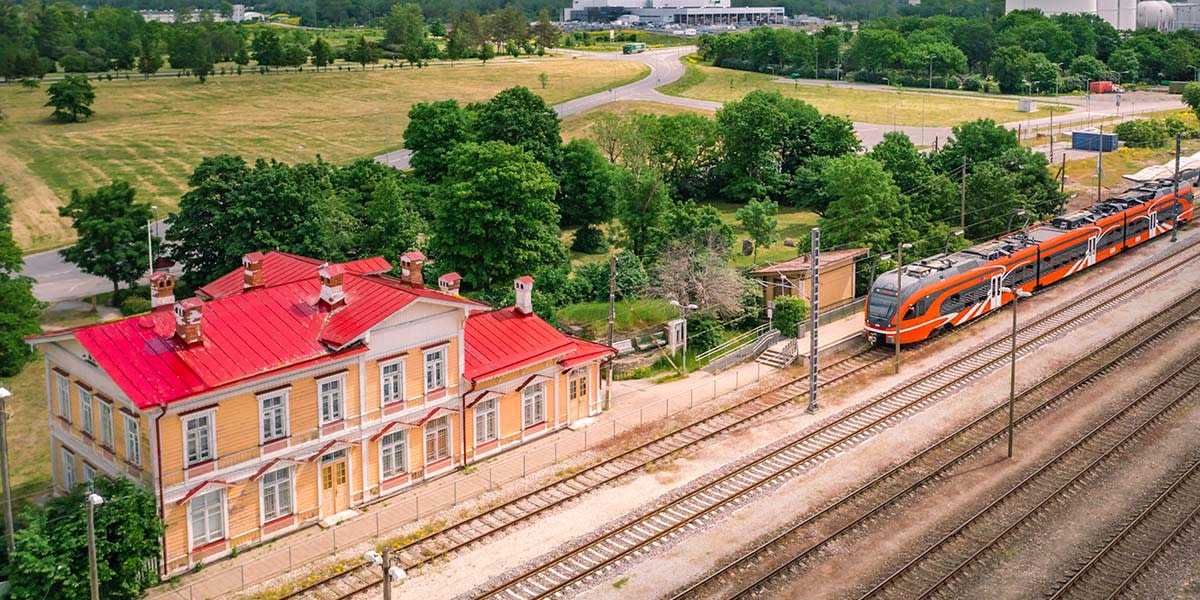
The main building in Paldiski is train station
The double wooden building of the royal history-style station was completed in 1870 construction of (Paldiski) - Tallinn - Narva railway. Despite the fact that the station building has lost some of its original decor, the building has survived to this day.

Bastion of Peter the Great's naval fortress, or Muula hills
A fortress has 5 Dutch bastions, designed by Tsar Peter I and carved on the high limestone coast as a monolith. The ramparts of the fortress reached 17 m above sea level. 1790 the castle was more than a cannon.
The castle also had an oil storage and a railway branch, but it was destroyed during the war. In the post-war period, gravel was removed from the embankments for paving and the embankments were destroyed. From the bastions you can enjoy a magnificent view of the sea.


